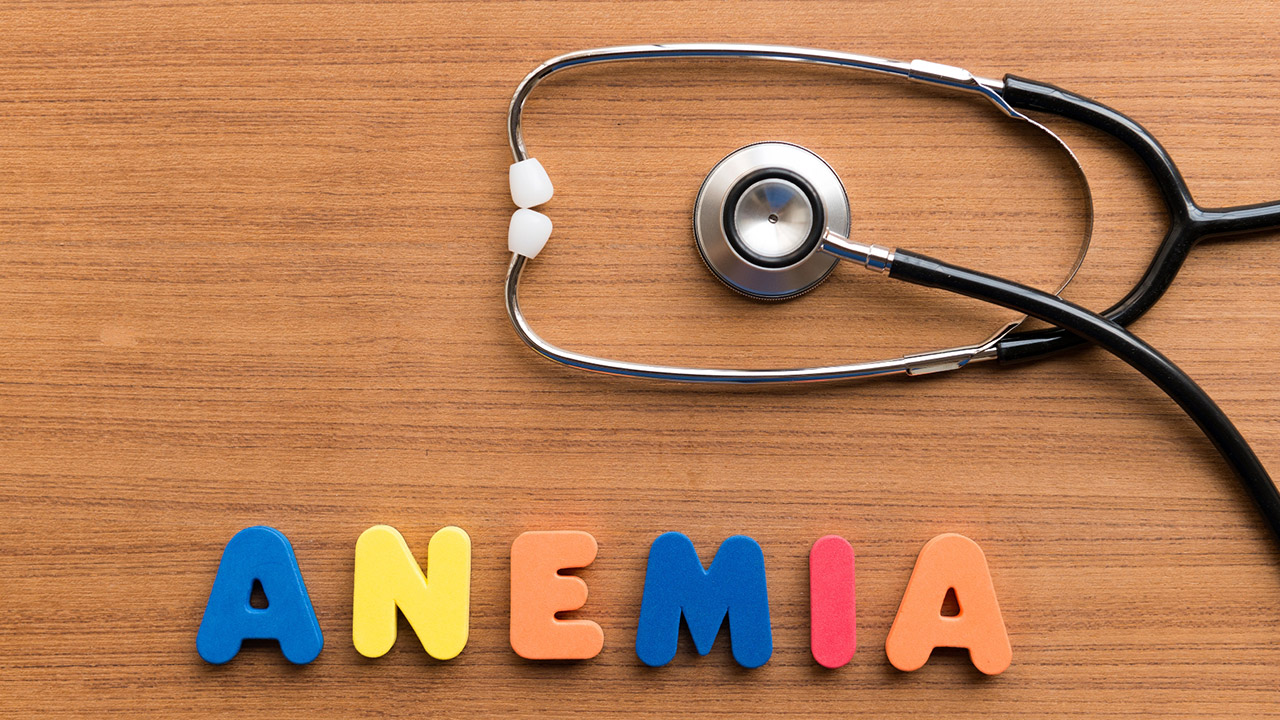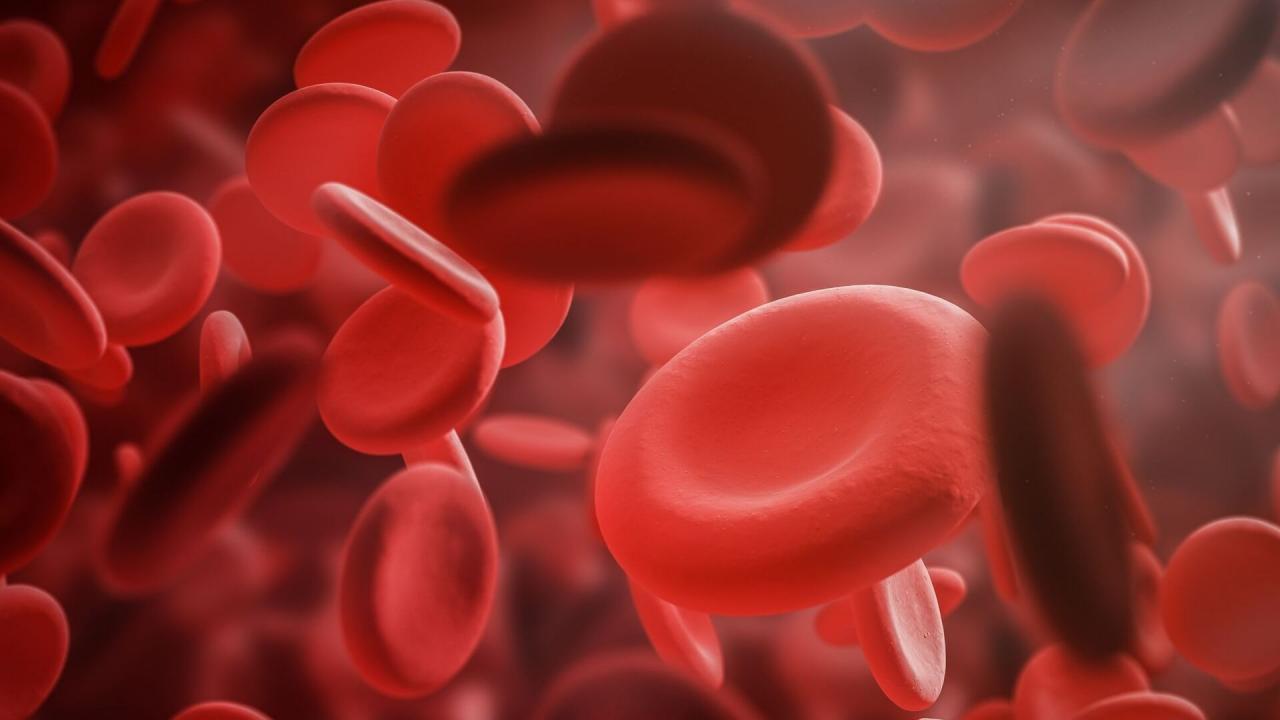Updated joint guidelines on the use of erythropoiesis-stimulating agents (ESAs) to treat chemotherapy-related anemia were released Monday by the American Society of Hematology and the American Society of Clinical Oncology.
ESAs are a class of drug that stimulate bone marrow to produce more red blood cells. The update of the guidelines, originally published in 2002, is based on reviews and analyses of published clinical trials. The guidelines outline the clotting risks of ESAs, make recommendations on usage, and discuss disease progression and patient survival.
The updated guidelines:
* Declare epoetin and darbepoetin equally safe and effective.
* Recommend the use of ESAs as a treatment option for cancer patients who become anemic as a result of chemotherapy when their hemoglobin approaches or falls below 10 g/dL, as well as for patients with low-risk myelodysplasia.
* Suggest that when using ESAs, hemoglobin can be raised to a concentration of 12g/dL, at which point the dosage should be titrated to maintain that level. Dose reductions are also recommended when hemoglobin rise exceeds 1 g/dL in any two-week period or when the hemoglobin level exceeds 11g/dL.
* Recommend discontinuing use of an ESA beyond six to eight weeks if a patient hasn't responded to the drug.
* Recommend monitoring the iron levels of patients being treated with ESAs and providing supplements accordingly.
* Caution against using ESAs for cancer patients not receiving chemotherapy, since recent trials have shown increased thromboembolic risks and decreased survival in such cases.
The updated guidelines were posted online Monday by the journals Blood and the Journal of Clinical Oncology, and will appear in upcoming print issues of both.




